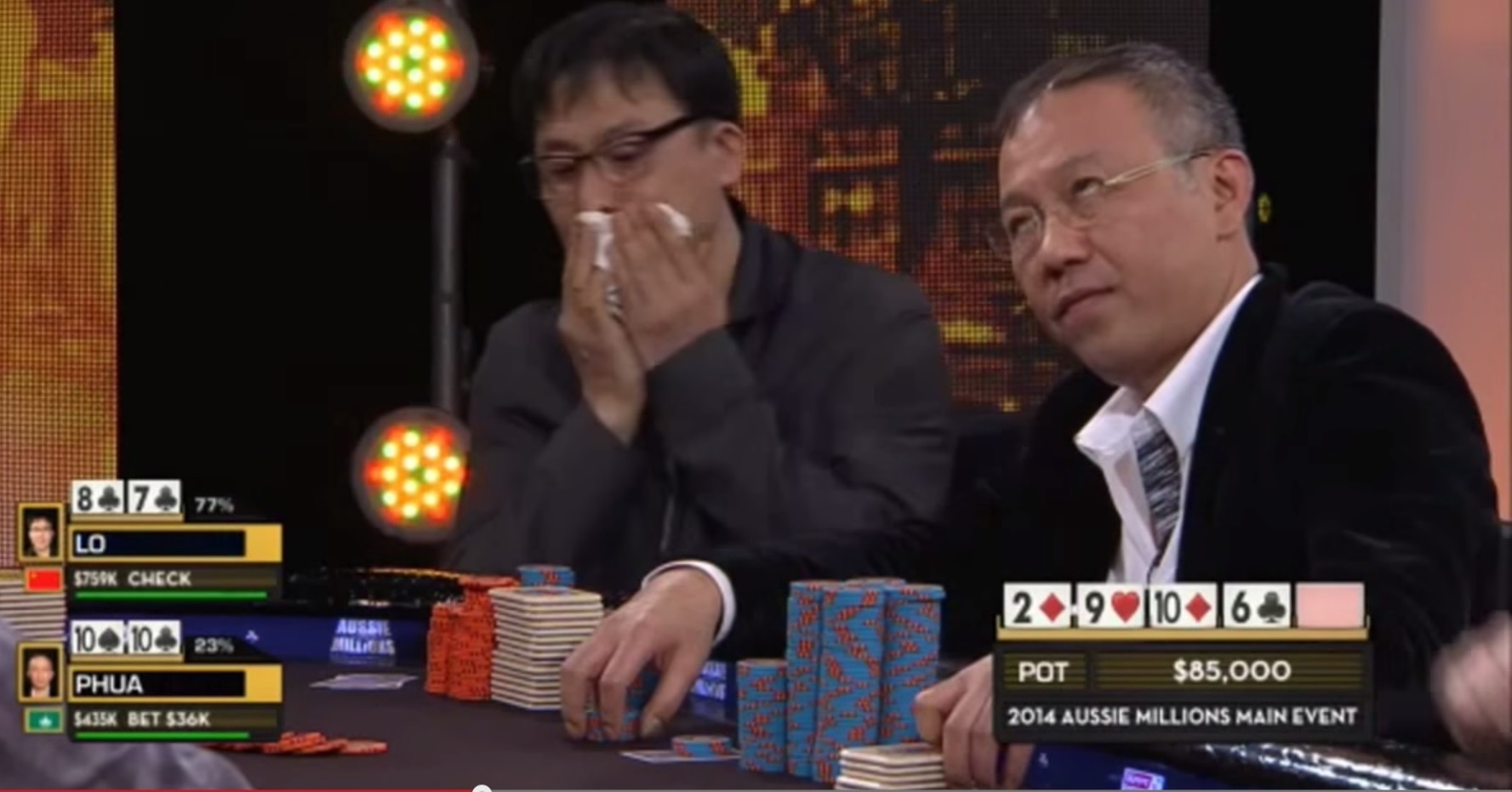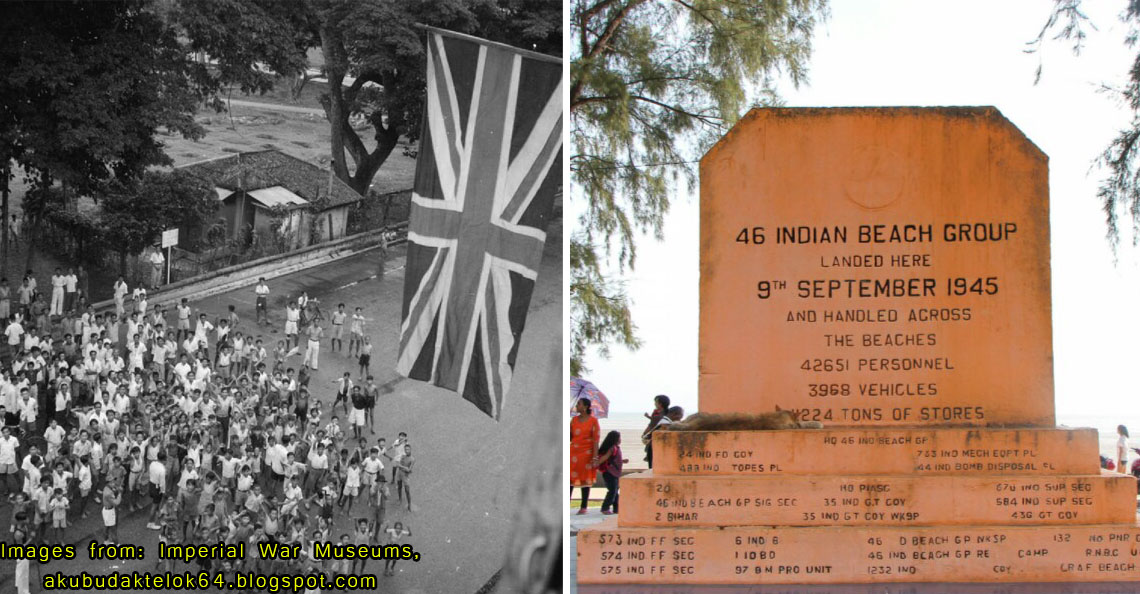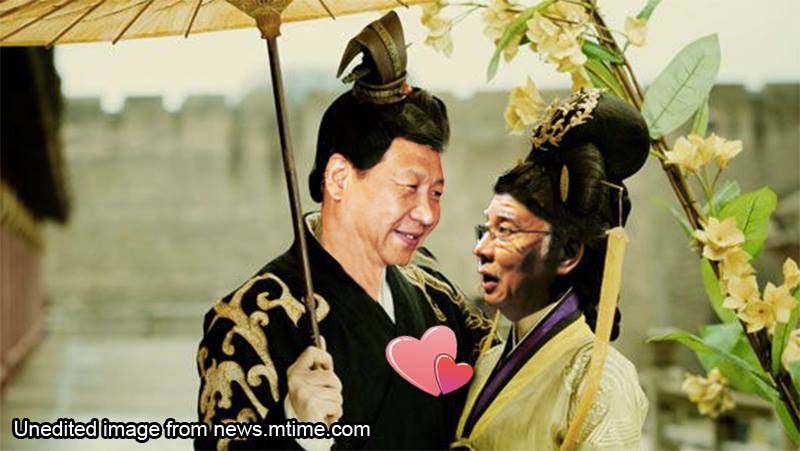Dei, why are so many Malaysian gang members Indian?

- 3.6KShares
- Facebook3.4K
- Twitter21
- LinkedIn16
- Email43
- WhatsApp114
Forgive the title. We really do not intend to be racist, we really don’t. (And if it’s any defence, this writer is part-Indian.) We’re writing this to highlight the problem of gangsterism in Malaysia and why the issue always seems to be pinned on the Indian community.
But before that, some background.
This story started out with us hearing about the gang-related murder in Klang and the retaliation murder that happened a few weeks back. The murders were said to be a turf war (extortion, organised crime, that sort of stuff) between two rival gangs, Gang 24 and Gang 36.
As we looked into the story, we found this one 101 East/Al Jazeera documentary that talked about gangs in Malaysia. If we always think of Indian when people say gang or gangster, the documentary said that it’s because they are the majority of gang members.
It’s almost half an hour long but we believe it’s worth your time:
Basically what this video does is point out a couple of things involved in the issue relating to gang violence in Malaysia. So yes this is what has brought us to pursue this story. What we want to do is look at these points and see if they add up to what others are saying.
Gangsters are not only from Klang but all over Malaysia
First and foremost, c’mon la, Klang is not the only place with gangsters in Malaysia. (And Klang isn’t all about gangsters and bakuteh, anyway.) The video above mentions that gangsters recruit members from ‘every state, every district…and neighbourhood’.
The Star reports that gang activity is present in many states such as Selangor, Penang, Johor, Perak, Melaka, Negeri Sembilan, dan sebagainya. And as we looked around the internet, we managed to find reports of gang related crimes in many different states. It was also reported that there are 8 thousand gang members in Penang alone.
In fact, here is a video of a gang fight in Penang.
But the majority of gangsters in Malaysia are, in fact, Indian
We assure you we are not making this up. The 101 East/Al Jazeera video (Malaysia’s gang menace) that we talked about earlier said that Indians make up most of the gang members in Malaysia.
And they’re not the only ones who said so.
The Star’s article that we referred to earlier also stated the racial composition of gang members in Malaysia and it showed that nearly 29 thousand, or 70 percent of gang members in Malaysia are ethnic Indians. And to put things in perspective, Indians make up only 7.3 percent of Malaysia’s population. Not 73 percent ah but 7.3 percent.

Excuse the language ah but how da heck did this happen??
Indians are among the poorest people in Malaysia
Again we’re not trying to be racist. Hear us out on this.
Why are Indians so poor that so many of them are turning to lives of crime? There was a section that really caught our attention in this video.
“For generations the (rubber) estates provided hundreds of thousands of Indian families with housing, jobs and schools, but all that changed in the 1970’s. New economic policies saw private companies take over the estates, replace rubber with oil palm, and hire cheaper foreign labour.
Today, within one generation, most estate Indians have been forced into urban centres, leaving them unskilled and trapped in poverty.” – 101 East/Al Jazeera
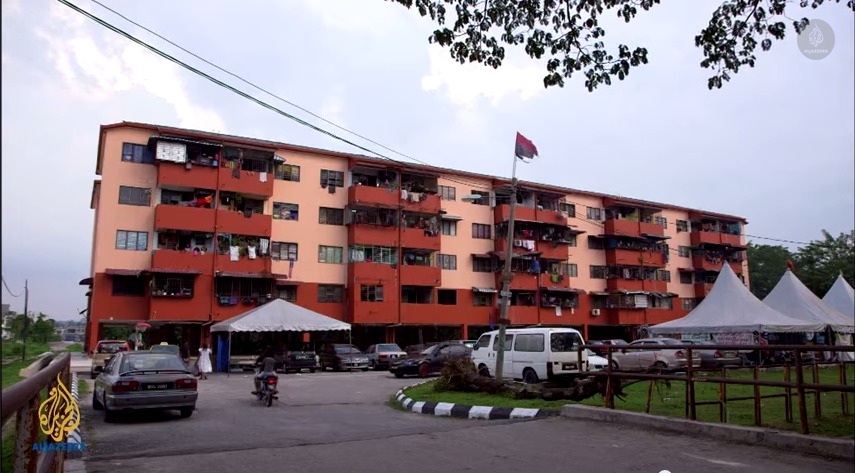
This has been echoed by Anas Zubedy in his articles for Free Malaysia Today in which he mentions that the New Economic Policy of 1970 (which you can read about here) did not cover Indian estate workers.
This is because:
1. The data which included very rich and very poor indians were lumped together, creating a skewed average.
2. Indian estate workers were employees of the private limited companies who owned the estates, and thus they did not fall under the scope of the NEP.
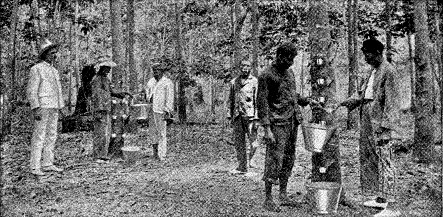
But is this true?
Are the Indians below the poverty line worse off as compared to Malays and Chinese below the poverty line? As we looked deeper into this, we found that the mean monthly gross income of the bottom 40 percent of the population is quite similar across races. We also found that the poverty line has been decreasing across all races. So what exactly makes the Indians poorer than other races in Malaysia?
Well one counter argument would be the very definition of poverty.
This article by The Malaysian Insider points out that the government’s definition of poverty is households earning less than RM860. We won’t go into details but that is a really small amount to consider as poverty seeing as to how the minimum wage of Malaysia is currently RM900 in Semenanjung and RM800 in Sabah and Sarawak.
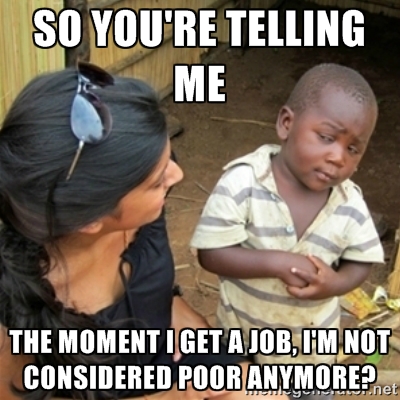
The other argument is that the NEP looks at the progress towards eradicating poverty by looking at non-Bumiputeras as a singe unit. Anas Zubedy mentioned that though the share of wealth of non-Bumiputeras increased to 46.8 percent in 1990 (as opposed to 34.3 percent in 1970), Indians only accounted for 1 percent of that wealth!
The Economist goes further to state that Indians have taken the place of Malays as the most disadvantaged ethnic group in Malaysia. But what does have to do with gangsterism?
The marginalised Indians take up gangsterism to escape their poverty
Consider this quote by Aristotle.
“Poverty is the parent of revolution and crime” – Aristotle
Crime or to be more specific for the sake of this article, gangsterism has strong roots in poverty (you can read more about the connection between the two here). While we cannot say that it is the definite cause of crime, this report by The Star shows interesting perspectives from 2 former gang members on how a lack of money can drive people to it. In it they mentioned gangs to be a way to escape poverty and joblessness.
“On the bus, I would leave the bag with the drugs in the luggage compartment while my clothes would be in a carry-on bag. That way, if the cops find the drug, I would deny all knowledge and say I only had my carry-on bag. Luckily, I was never caught. […]
That was more than 10 years ago. I was paid RM15,000 for every trip.” – Ramu (not his real name), as quoted by The Star.
RM15,000 a trip? That’s not bad at all, is it? It’s definitely not legal, but realistically, how do you expect them to turn that down when the alternative is poverty?
And as for the (attempted) revolution bit? Think 2007 HINDRAF Rally.
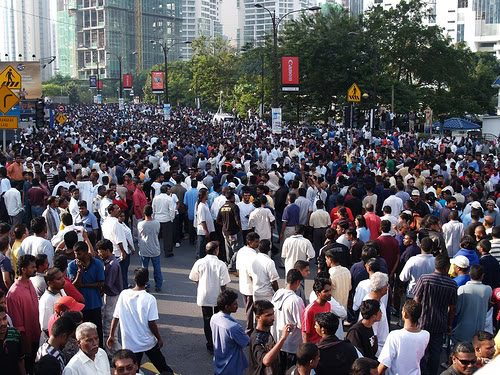
They’re not always the bad guys in the story
This does not in any way justify the wrongs they have committed. If they have broken the law, they should be accountable for their actions. But that’s not the point here.
We can go on saying that it’s their fault for committing crime and all of them should be punished but in the end, does that solve the problem in the long run?
Maybe we need to consider that the problem of gangsterism goes beyond race and morals. That the problem does weave itself into the very fabrics of our society. And how we respond to this is of utmost importance.
“We must remember and take to heart that the Malaysian Indian poor problem is not an Indian problem, but a Malaysian one.” – Anas Zubedy, as written in Free Malaysia Today.
- 3.6KShares
- Facebook3.4K
- Twitter21
- LinkedIn16
- Email43
- WhatsApp114

